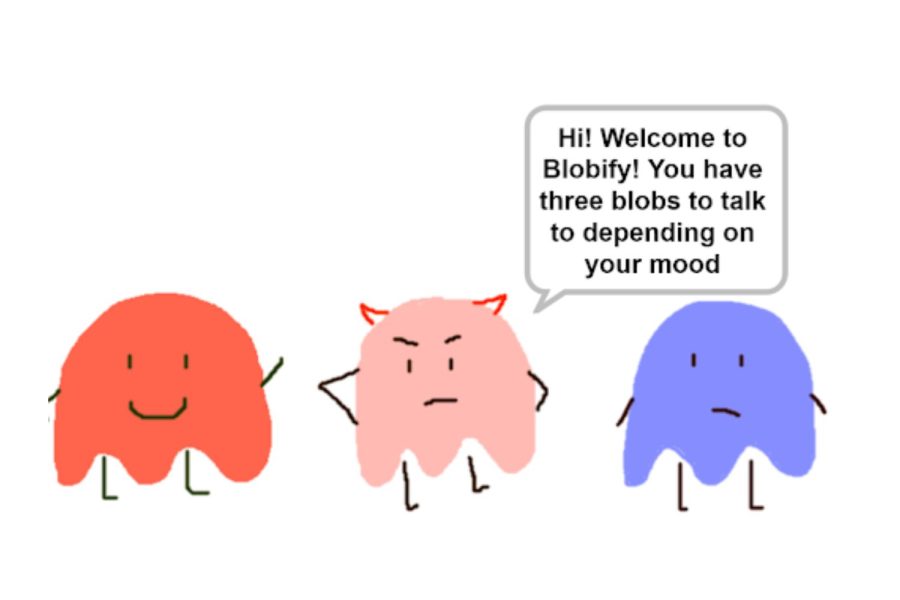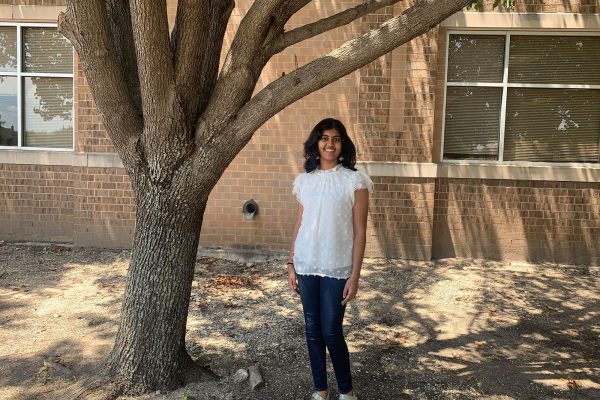AP Compsci students create Blobify, a virtual companion
provided by Sankeertana Malakapalli
AP Computer Science Principles students have to produce a create task as part of the course. Sophomores Aswikha Karthikeyan and Sia Parpelli created Blobify, a virtual companion, when it came time to complete their Practice Create Task last semester.
February 14, 2023
A blob a day keeps the sobs away.
That’s the idea that AP Computer Science Principles students Aswikha Karthikeyan and Sia Parpelli had when it came time to complete their Practice Create Task last semester.
“Blobify is an app that Aswikha and I created to make people feel better whenever they’re angry, sad, or maybe if they’re just in need of a companion,” Parpelli said.
Too many people feel that they can’t speak freely about their emotions according to Karthikeyan, and Blobify was a way to change that.
“A lot of people, I believe, don’t really trust a lot of people due to, like, problems they’ve come across in real life,” Karthikeyan said. “So, they might be wanting to talk with someone without feeling that their trust may be broken, which is why something like our app, Blobify, will help because we’re talking with blobs and they can’t really, like, leak what you’re trying to say, you know, but they still try to help you express yourself.”
A game designed to brighten and boost one’s mood, Blobify works by creating blobs that users can “talk” to, followed by fun games. However, piecing Blobify together was an immensely complicated and arduous process riddled with setbacks over the course of six weeks according to Parpelli.
“Neither of us are very developed at code,” Parpelli said. “And so we had to, like, find out ways how to, like, overcome problems we faced.”
Nevertheless, neither Parpelli nor Karthikeyan gave up, choosing to view the setbacks they faced as opportunities that helped them learn and improve.
“We had many problems that we came across but overcoming these obstacles, overall, helped us grow as coders,” Karthikeyan said.
For their teacher, Alexa Hamilton, Parpelli and Karthikeyan’s choice to solve a real-world issue was significant.
“I think it’s super important because it shows that people are thinking about real-world problems and things that they could also apply outside of the classroom,” Hamilton said. “And that’s always a really good thing for them to do, kind of going with our future-ready skills.”
But for Karthikeyan, the end goal was always to encourage and cheer up users.
“I want people to take away that there’s always someone ready to listen to you and your overall goal should, like, be to feel better,” Karthikeyan said. “Try to look for something you can be happy about.”







